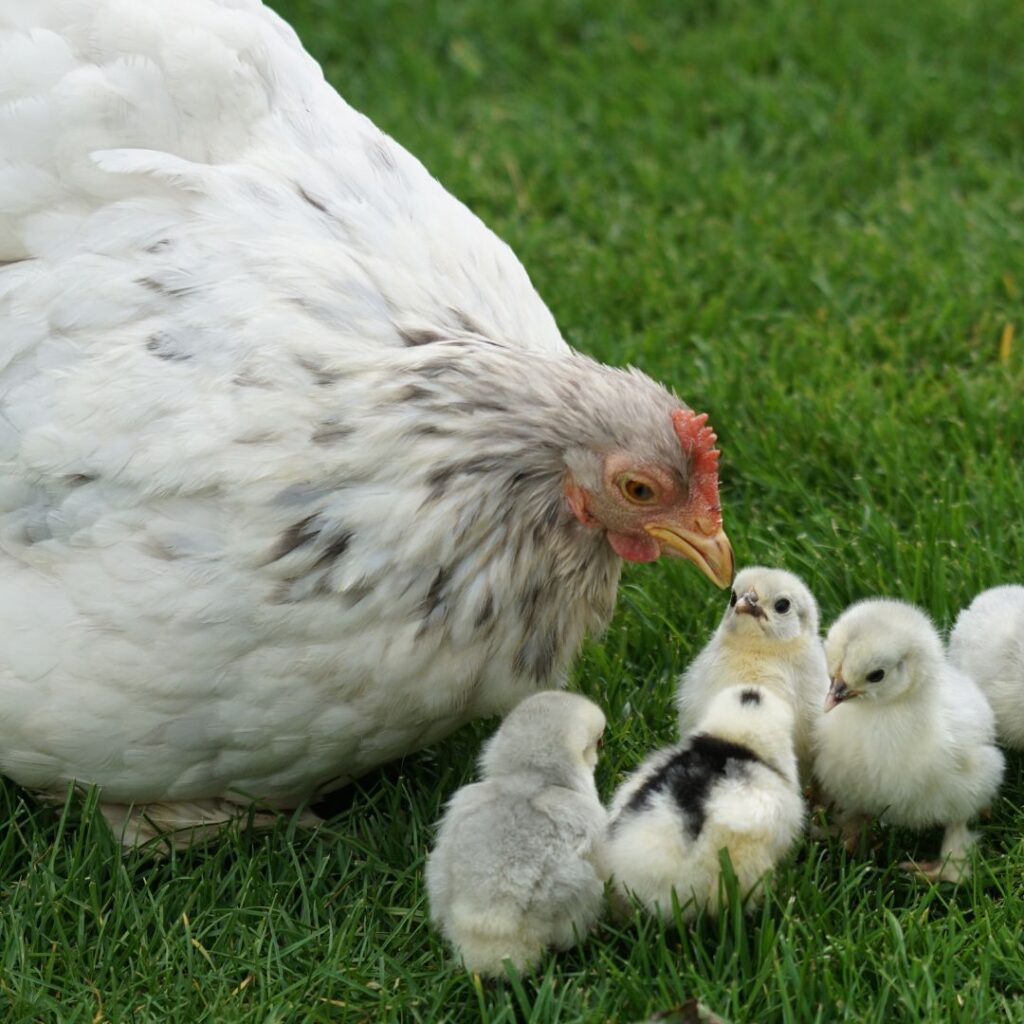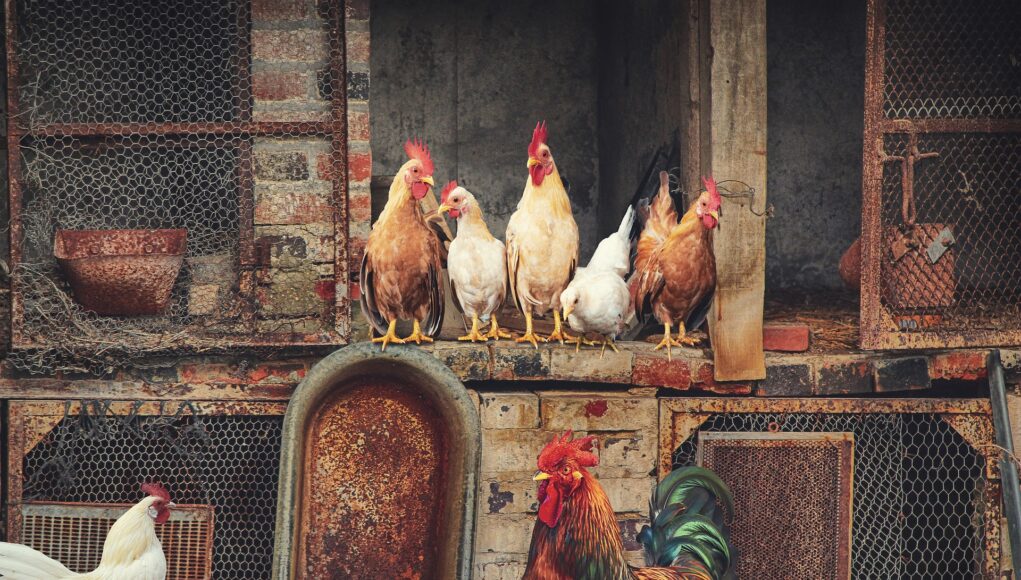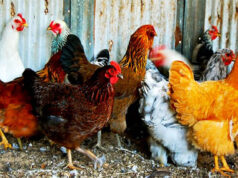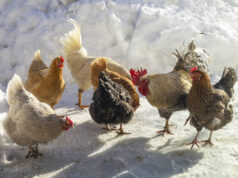Taking care of your chickens is of utmost importance, especially when it comes to treating wounds. Proper chicken wound care not only helps in speedy recovery but also prevents any infections that can be fatal for the birds. With the right knowledge and tools, you can ensure your chickens remain healthy and happy. This article provides an in-depth guide to treating wounds and ensuring your chickens are well looked after.

Why Chicken Wound Care is Essential
Chickens are prone to injuries from various sources such as predators, pecking order disputes, and environmental hazards. Effective wound care is essential to prevent complications such as infections, which can lead to severe health issues or even death. By understanding how to properly care for chicken wounds, you can enhance the overall health and well-being of your flock.

Essential Supplies for Chicken Wound Care
- First Aid Kit: Always keep a well-stocked first aid kit on hand for immediate treatment.
- Disinfectants: Use pet-safe disinfectants to clean the wounds and prevent infections.
- Bandages: Sterile bandages and gauze are necessary to cover wounds and protect them.
- Topical Antibiotics: These help to prevent bacterial infections and promote healing.

Identifying Types of Chicken Wounds
Puncture Wounds
Puncture wounds are deep and are usually caused by sharp objects or predator attacks. These types of wounds require careful cleaning and monitoring for signs of infection.
Abrasions
Abrasions are superficial wounds that result from scrapes and scratches. Although less severe, abrasions still need proper cleaning and care to prevent infections.
Lacerations
Lacerations are deep cuts that may require stitching. It’s important to clean the wound thoroughly and seek veterinary assistance if necessary.

Step-by-Step Guide to Treating Chicken Wounds
1. Isolate the Injured Chicken
First, separate the injured chicken from the rest of the flock to prevent further injury and to observe the wound in a controlled environment.
2. Clean the Wound
Use a pet-safe disinfectant to clean the wound. Be gentle to avoid causing additional pain to the chicken. Ensure all dirt and debris are removed.
3. Apply Antibiotic Ointment
Apply a thin layer of topical antibiotic ointment to the wound to prevent bacterial infections.
4. Bandage the Wound
Cover the wound with sterile gauze and a bandage. This helps to protect the wound from dirt and pecking by other chickens.
5. Monitor for Infection
Check the wound daily for any signs of infection, such as redness, swelling, or discharge. If you notice any of these signs, consult a veterinarian immediately.
Tips for Preventing Chicken Injuries
Maintain a Safe Environment
Ensure your chicken coop and run are free from sharp objects and other hazards that could cause injuries.
Manage Pecking Order
Chickens establish a pecking order, which can sometimes lead to aggressive behavior. Monitor your flock to prevent bullying and separate aggressive chickens if necessary.
Protect from Predators
Secure your chicken coop with sturdy fencing and a roof to keep predators out.
Conclusion
Proper chicken wound care is crucial for maintaining the health and well-being of your flock. By following the tips and guidelines provided in this article, you can effectively treat and prevent chicken injuries, ensuring your chickens remain healthy and happy.
Frequently Asked Questions
How often should I check my chickens for wounds?
You should check your chickens daily for any signs of wounds or injuries. This helps in early detection and timely treatment.
Can I use human antibiotic ointments on chickens?
While some human antibiotic ointments can be used on chickens, it’s best to use products specifically designed for poultry. Consult a veterinarian for recommendations.
What should I do if a wound gets infected?
If you notice signs of infection in a wound, such as redness, swelling, or discharge, consult a veterinarian immediately for proper treatment.
As an Amazon Associate, I earn from qualifying purchases.










